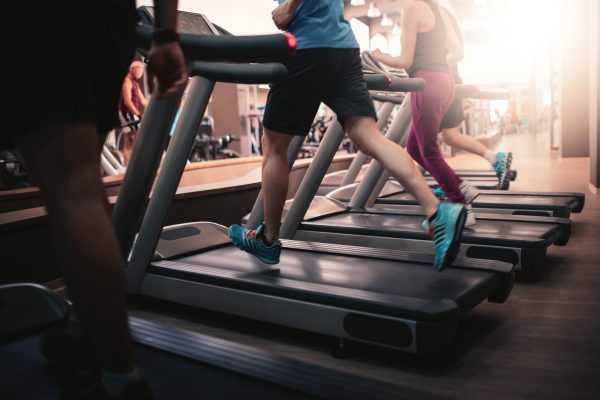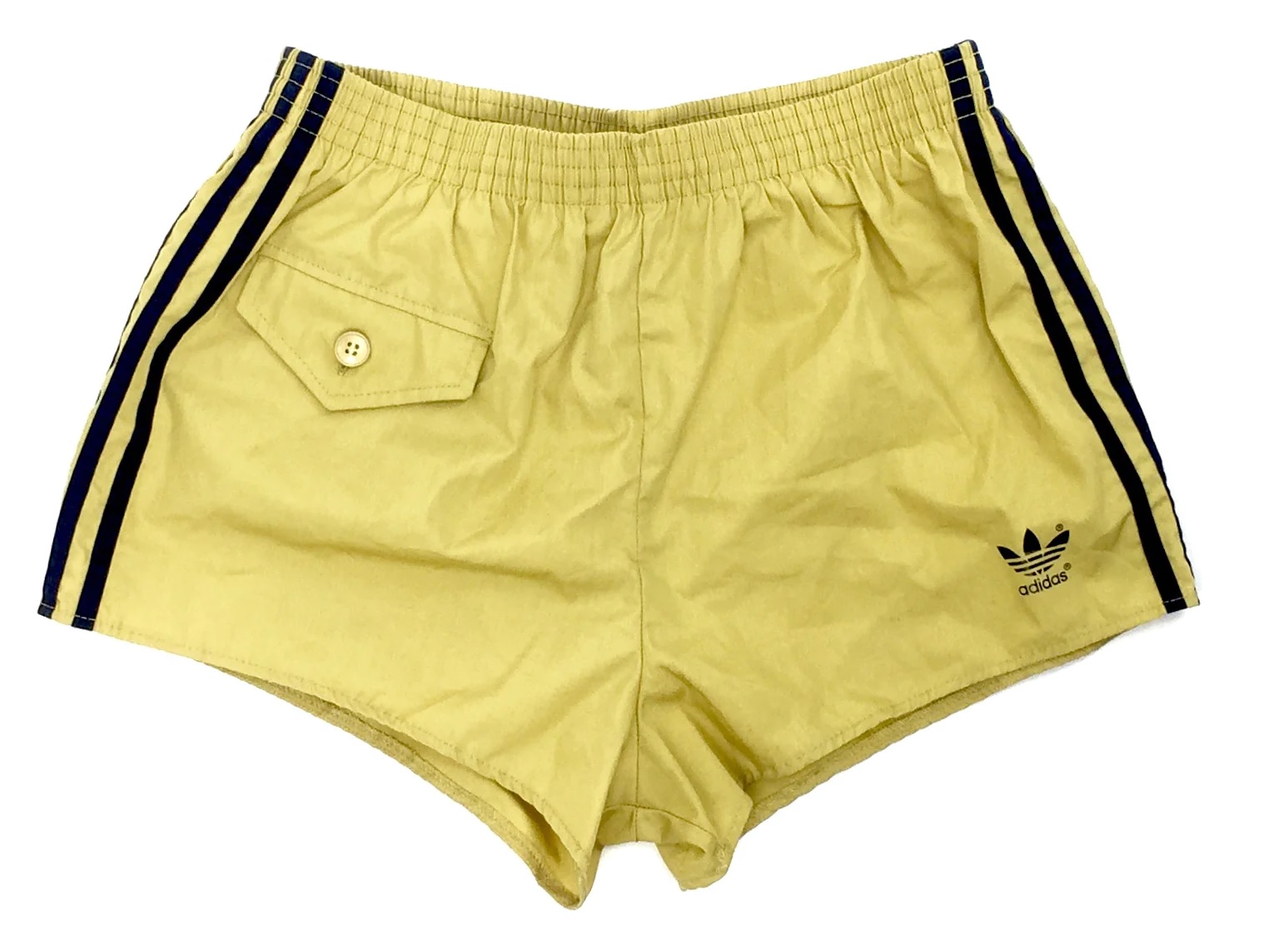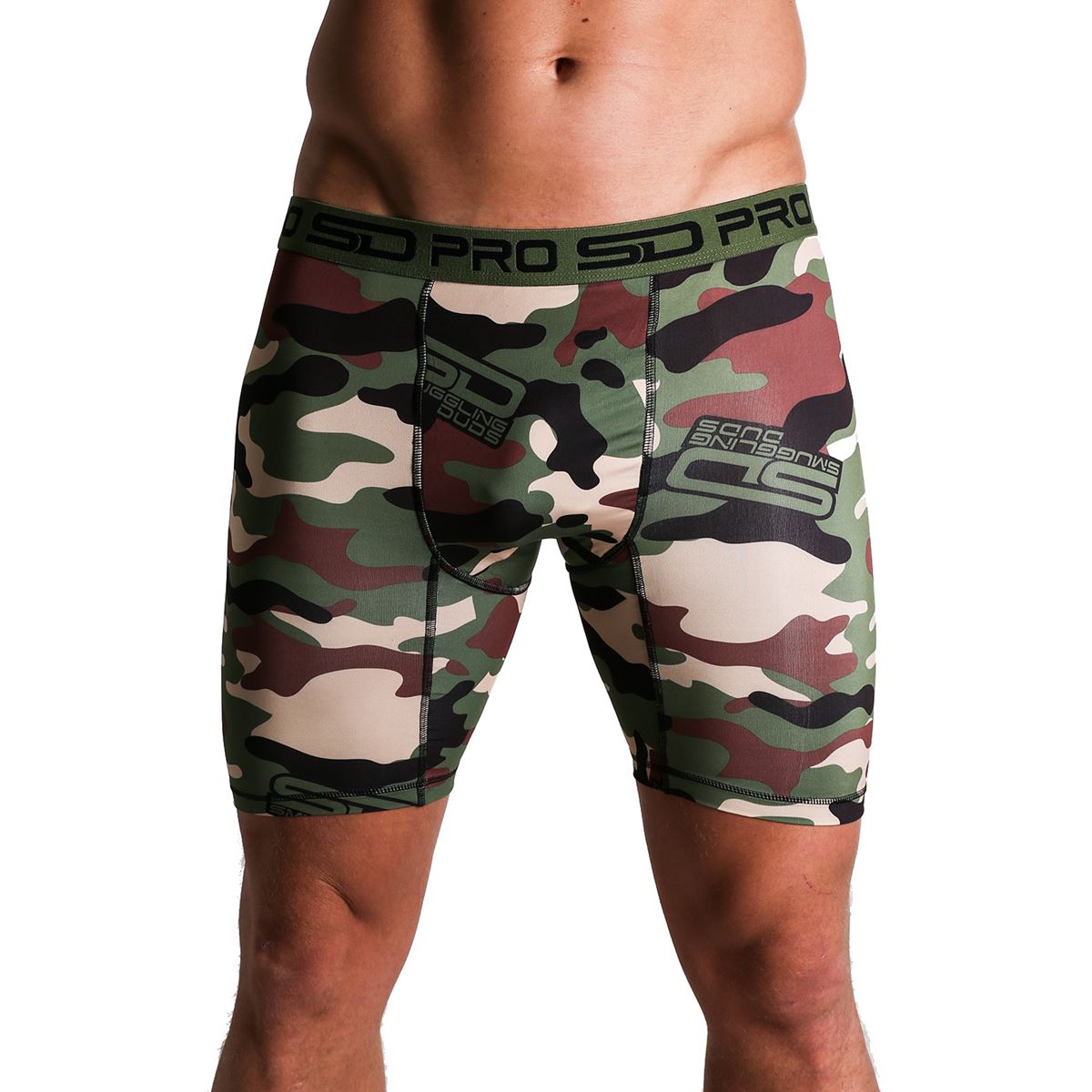Home>Shop by Feature>Design: Best Running Shorts>Should Running Shorts Be Tight or Loose?


Design: Best Running Shorts
Should Running Shorts Be Tight or Loose?
Modified: January 22, 2024
Find out whether running shorts should be tight or loose for optimal comfort and performance. This article provides valuable insights to help you make an informed decision and ensure your running shorts fit you perfectly.
The running community is diverse, and so are the preferences when it comes to running gear. One such debate revolves around running shorts – should they be tight or loose? Let’s unravel this mystery and look at the pros and cons of both types, helping you make an informed decision based on comfort, performance, and personal style.
Understanding the Two Types of Running Shorts
Before we proceed, it’s crucial to understand what we mean by “tight” and “loose” running shorts.
- Tight running shorts, often called compression shorts, are snug-fitting shorts that stick close to the skin. They’re made from stretchy material like spandex or elastane, and they’re designed to support your muscles and reduce movement during a run.
- Loose running shorts typically feature a relaxed fit, allowing for more freedom of movement and ventilation. They come in various lengths and styles, from split shorts optimized for performance to longer shorts that provide more coverage.
The Case for Tight Running Shorts
Many runners, especially those focusing on speed and performance, opt for tight running shorts due to the following benefits:
- Reduced Muscle Vibration: Tight shorts provide support and reduce muscle vibration, which can minimize fatigue and muscle soreness during and after a run.
- Improved Circulation: Some runners find that the compression from tight shorts boosts blood flow, enhancing performance and recovery.
- Less Chafing: Due to their snug fit, tight shorts can help prevent chafing and irritation caused by skin or fabric rubbing together.
- Streamlined Shape: For competitive runners, the sleek, form-fitting shape of tight shorts can reduce air resistance.
However, tight shorts aren’t without their drawbacks. Some runners might find them too restrictive or uncomfortable, and they may not provide enough ventilation on hot days.
The Case for Loose Running Shorts
On the other side of the spectrum, many runners enjoy the comfort and relaxed feel of loose running shorts:
- Increased Ventilation: Loose shorts often provide better ventilation, keeping you cool during a warm-weather run.
- Greater Freedom of Movement: The relaxed fit allows for a greater range of motion, which might benefit long-distance runners and trail runners who need to navigate varying terrains.
- Storage Options: Many loose running shorts feature pockets where you can store small essentials like keys or energy gels.
- More Coverage: Loose shorts typically offer more coverage, which some runners might prefer for reasons of modesty or sun protection.
On the downside, loose shorts might cause chafing for some runners, and they may not provide the same level of muscle support as tight shorts.
So, Should Running Shorts Be Tight or Loose?
The answer largely depends on your personal preference and running needs. You might prefer the snug fit and muscle support of tight shorts, or you might enjoy the freedom of movement and ventilation provided by loose shorts.
It’s also worth noting that you’re not limited to one or the other. Some runners have both types in their wardrobe and choose based on the day’s run, weather conditions, or even their mood.
Here are a few considerations to help you decide:
- Comfort: Above all, running shorts should be comfortable. Whether tight or loose, they shouldn’t restrict your movement or cause irritation.
- Fit: The waistband should sit comfortably without digging in or slipping down. For women, consider the rise of the shorts as well, as some prefer a high-waisted fit.
- Length: Consider the length of the shorts, as this can impact comfort, coverage, and chafing. You might prefer longer shorts for more coverage or shorter shorts to avoid fabric bunching up.
- Purpose: Are you racing, training, or running for leisure? Tight shorts might be more suitable for high-performance runs, while loose shorts might be more comfortable for casual jogs or long training runs.
- Weather Conditions: On hot days, you might appreciate the ventilation of loose shorts. On cooler days, tight shorts might keep your muscles warmer.
- Body Type: Everyone’s body is unique, and what works for one runner might not work for another. Don’t be afraid to try different styles to see what works best for you.
Final Word
In conclusion, there’s no definitive answer to whether running shorts should be tight or loose. The most important thing is that they help you achieve your best run.
FAQs
Are tight running shorts better for performance?
While some studies suggest that compression wear can enhance performance and recovery, the effects might be minimal for amateur runners. The most important factor is that you’re comfortable and confident in your running gear.
Do tight running shorts cause chafing?
Tight shorts can help reduce chafing by preventing skin-to-skin or fabric-to-skin friction. However, they should be the right size and material to avoid causing irritation.
Can I wear loose running shorts for a marathon?
Absolutely! Many marathon runners prefer loose shorts for their comfort and freedom of movement. Just make sure to test them on long runs beforehand to ensure they don’t cause any issues.
Are loose running shorts unprofessional for races?
Not at all. While you’ll see many elite runners in tight shorts or split shorts, it’s perfectly acceptable to race in loose running shorts.
Can I wear underwear with tight running shorts?
Tight running shorts are typically designed to be worn without underwear, but it’s a personal preference. If you choose to wear underwear, opt for moisture-wicking and seamless styles to avoid discomfort and chafing.






